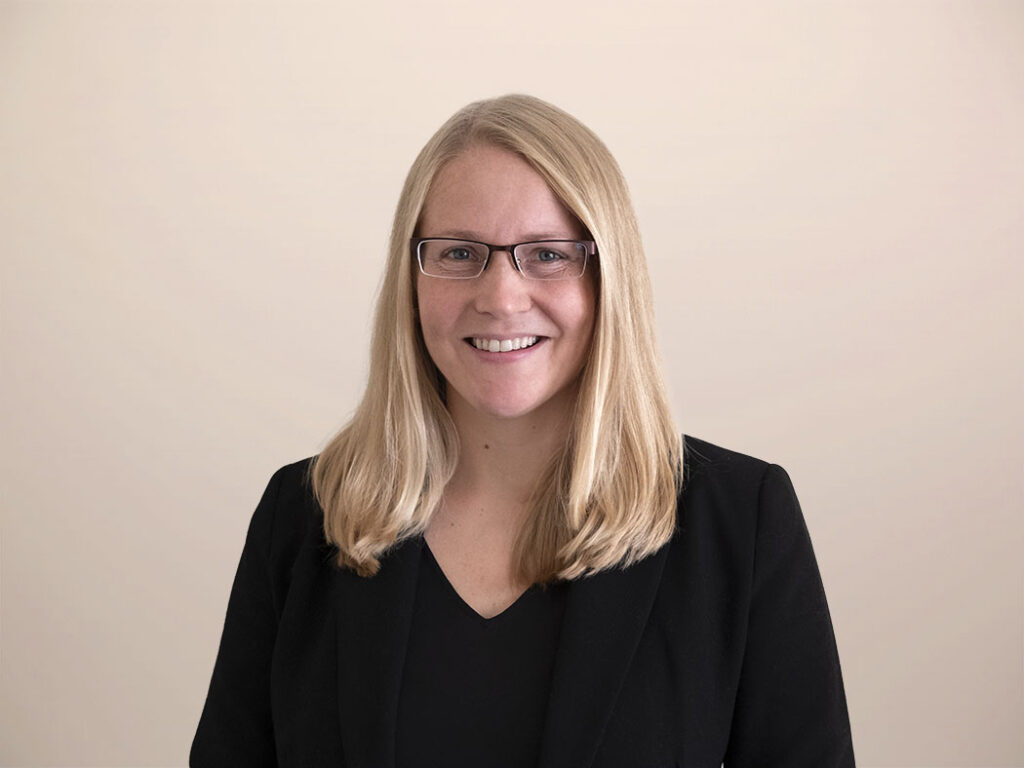Chaos Is A Ladder: Government Innovation In 2025
Driven by budget uncertainty, workforce shifts, and the accelerating pace of technology, our government clients are navigating radical change. While I’ve always tracked public sector cloud adoption, in 2025 I’ve made it a point to focus on government sessions at every event I attend. So far this year, I’ve gathered stories from two Boston-based conferences: IBM Think and Red Hat Summit. Expect more from Broadcom Explore, KubeCon, and AWS re:Invent later this year. Every organization from every level of government and in every industry from around the world can learn from these stories; they show that when faced with unprecedented volatility, that’s exactly when tech leaders need to seize the opportunity to modernize, optimize their tech stack, and double down on their AI ambitions.
CALHEERS (California): A Healthcare Lifeline For Millions
CALHEERS supports over 17 million Medi-Cal users and 2 million exchange participants. Built in just 13 months by Deloitte, it now runs on a containerized Red Hat OpenShift architecture with multicloud flexibility across AWS, Azure, and Google Cloud. The system integrates more than 12 open-source tools, interfaces with 18 carriers, and maintains strict SLAs and KPIs. A standout moment: when a service center outage during peak season necessitated the spin up of a new contact center over a weekend — handling 25,000 calls without disruption.
Navantia: Modernizing Naval Defense With Open Source
Navantia, Spain’s naval contractor, is modernizing its software development using RHEL, OpenShift, and Ansible. By unifying siloed projects and enabling air-gapped deployments via ruggedized laptops, they’ve created a secure, agile DevSecOps environment for mission-critical systems — even at sea.
City Of Austin: Responsible AI For Safer, Smarter Cities
Austin is piloting AI with time-bound, ethical oversight. Use cases like permit review automation and 24/7 police report filing are grounded in real-world impact. Its governance framework includes lifecycle management, bias monitoring, and community education — treating AI as a tool to improve resident experiences, not an end in itself.
New York Power Authority (NYPA): AI For Critical Infrastructure
NYPA is embedding AI into its broader tech strategy to enhance efficiency and workforce capability. With a focus on digital literacy and upskilling, it’s aligning IT and business roles without expanding headcount. This approach emphasizes responsible adoption, cross-functional collaboration, and data readiness.
Riverside County, CA: Human-Centered Data Integration
Riverside County is taking a people-first approach to digital transformation, starting with the workforce as the foundation for long-term success. As the county works to establish an integrated data hub across departments, leaders like Jennifer Claar are prioritizing staff readiness and engagement — recognizing that technology alone won’t solve systemic challenges. With over 10 disconnected systems in the Department of Social Services alone, the goal is to streamline operations and improve service delivery. However, rather than imposing solutions, the county is working closely with teams to understand how technology can enhance their day-to-day work. This collaborative, human-centered strategy is helping to build trust, reduce resistance, and lay the groundwork for scalable innovation.
City Of Boston: AI Innovation With Purpose
Boston is using AI to improve services like mattress pickup and permitting while navigating federal uncertainty with agile governance. CIO Daniel Chenok emphasizes workforce empowerment through skills-based hiring and upskilling, embedding AI into broader strategies to build trust and resilience.
Over 15 years, I’ve worked with hundreds of agencies worldwide, learning from leaders like Claudia Plattner and Michael Jabbour. And yes, editing The Rise Of JWCC Is A New Hope For Multicloud was as fun as it sounds. So I can say confidently that the public sector has been a steady force in cloud innovation — from early milestones like USA.gov’s cloud-based unemployment stats to transformative efforts like Kessel Run at the US Air Force.
To learn more, please reach out for a guidance session with me or one of our two leads on government cloud research: Devin Dickerson and Sam Higgins. Their latest work:
